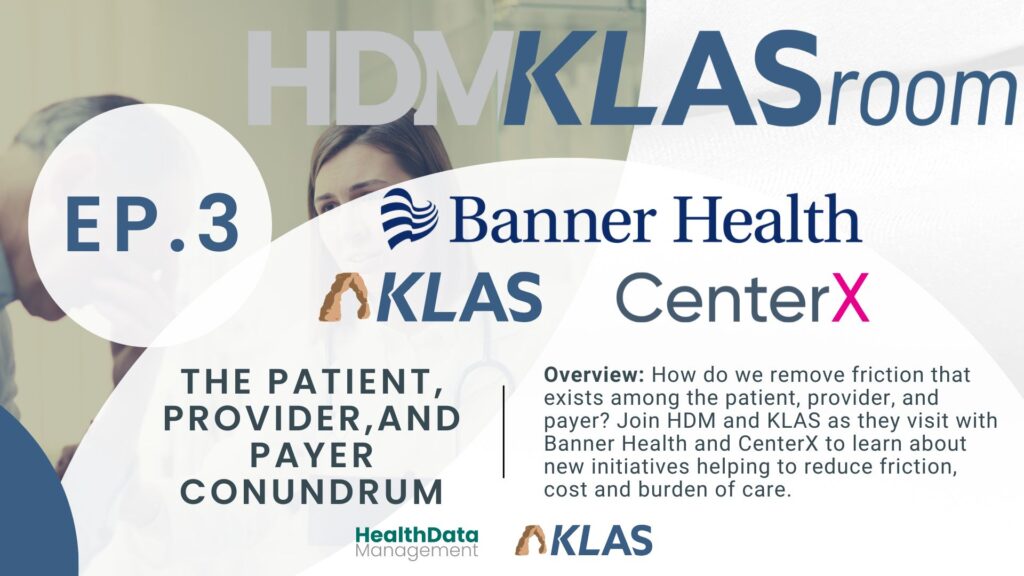HDM CLASSroom: The Patient, Provider, and Payer Conundrum – EPISODE 3
Featuring Banner Health, CenterX, and KLAS Research.

SESSION 1: Reducing the friction between payers, providers, and patients. Current state and hard facts.
ON DEMAND RECORDING
Subject Matter Experts
SESSION 2: Reducing prior auth friction through real time prescription and electronic prior authorization. An implementers guide.
ON DEMAND RECORDING
Subject Matter Experts
Supporting Content
A large PBM recently compared the CenterX ePA solution to those of three other ePA vendors to see how well these solutions helped to process PA requests. The PBM measured how often PA requests were cancelled for each vendor — and how often those cancellations were caused by abandonment — as well as how often each ePA vendor successfully processed PA requests.
Download the article to find out how well CenterX is maximizing the efficiency of ePA for health systems and PBMs.
Understand the impact of your real-time prescription benefit technology: New reporting delivers patient cost savings insights
New reporting on the potential patient savings when Real-Time Prescription Benefit (RTPB) technology is used is now also available when you partner with CenterX. The report highlights the total potential savings for your health system’s patients based on providers selecting lower-cost alternatives, helping to:
- • Unlock greater value from your RTPB network
- • Drive improvements in patient medication cost savings and accessibility
- • Support broader initiatives to reduce the overall cost of care
Download the article to find out how your health system can better understand and improve the impact of RTPB.
When Spectrum Health wanted to provide accurate patient prescription benefit information at the point of care, it implemented a real-time prescription benefit (RTPB) network within its electronic health records (EHR) system.
However, when Spectrum Health implemented one vendor for RTPB, the health system quickly ran into issues that prevented its providers from consistently accessing prescription benefit information.
Download the case study to learn how partnering with CenterX and adding a second prescription decision support network helped Spectrum Health address gaps in its pharmacy benefit data.
Despite the widespread use of population health as a solution to control rising costs and poor outcomes, healthcare organizations struggle to effectively achieve population health success. A common barrier to success is lack of access to data about a system’s most impactable patients, their interventions, and how said interventions impact a patient’s health. However, health systems can overcome the following all-too-common population health mistakes by leveraging detailed data about their most impactable patients and interventions.